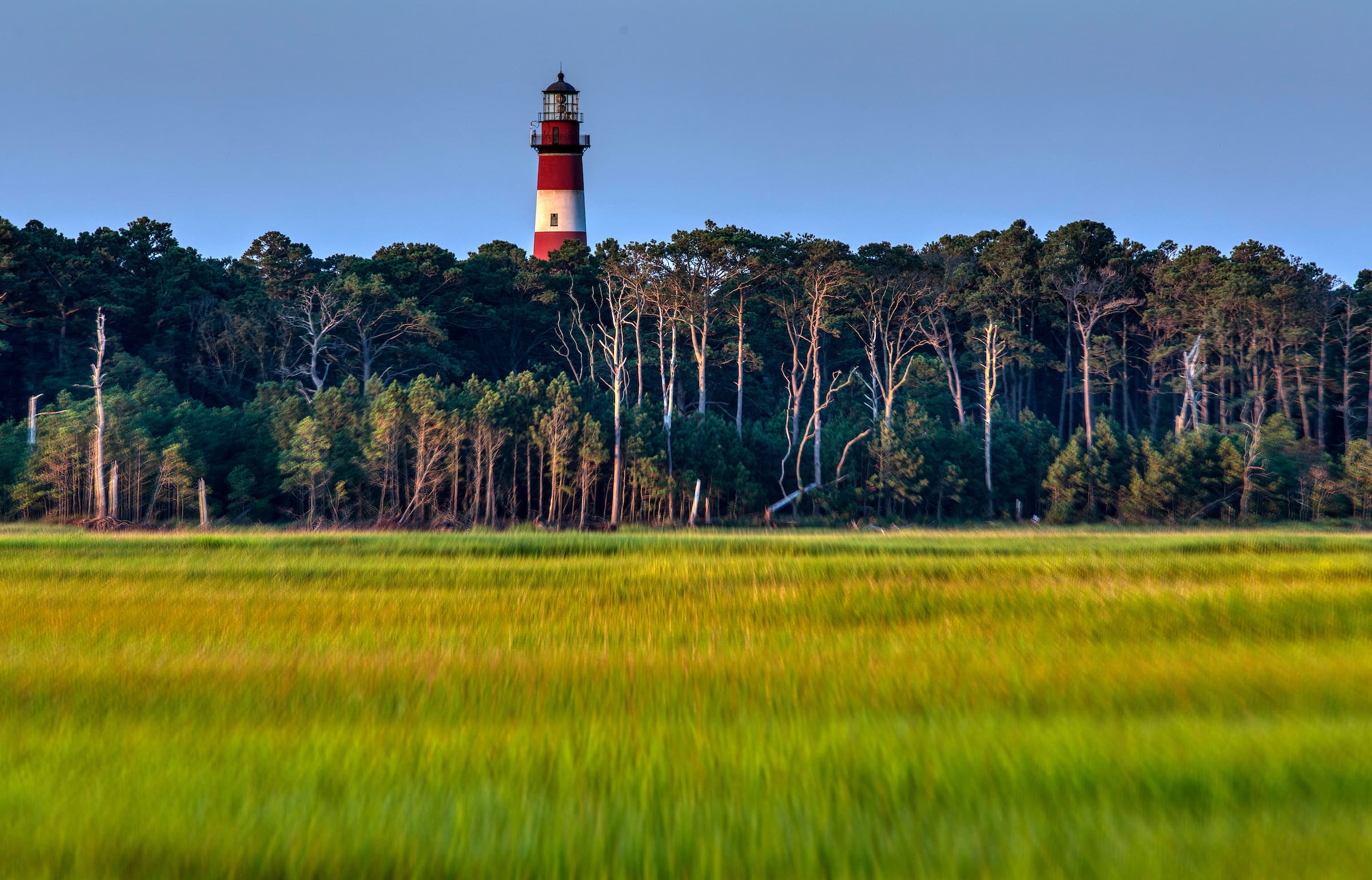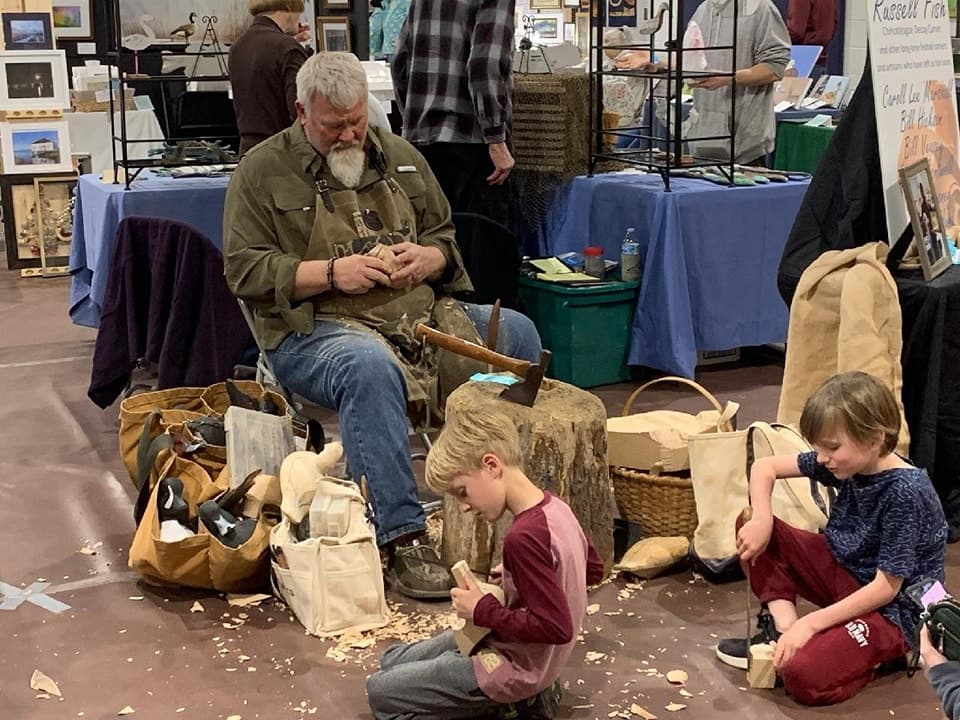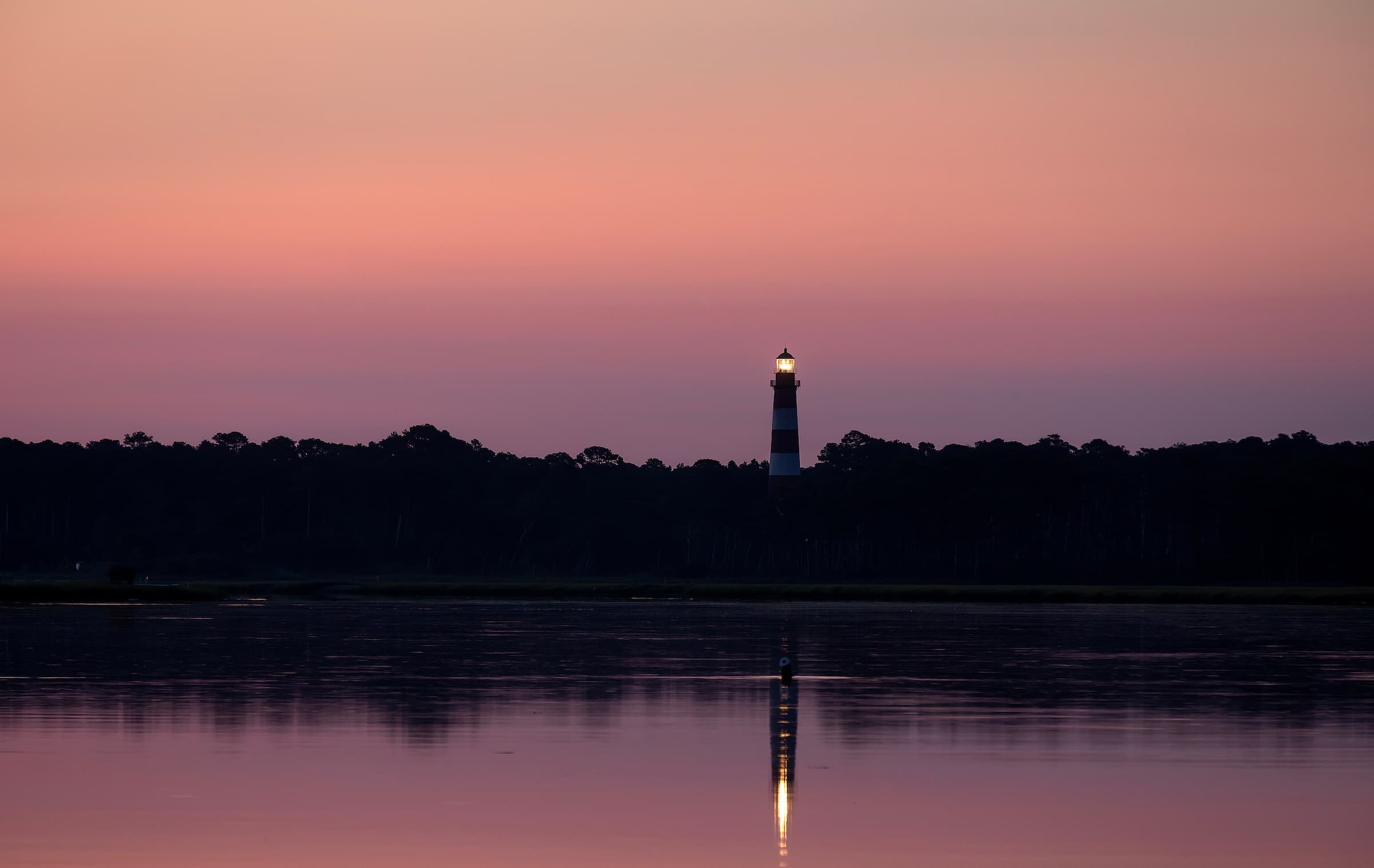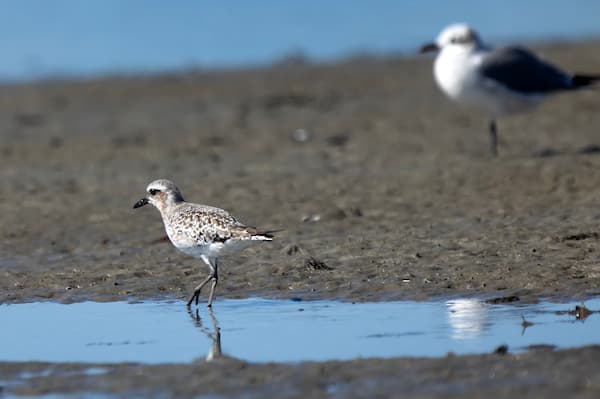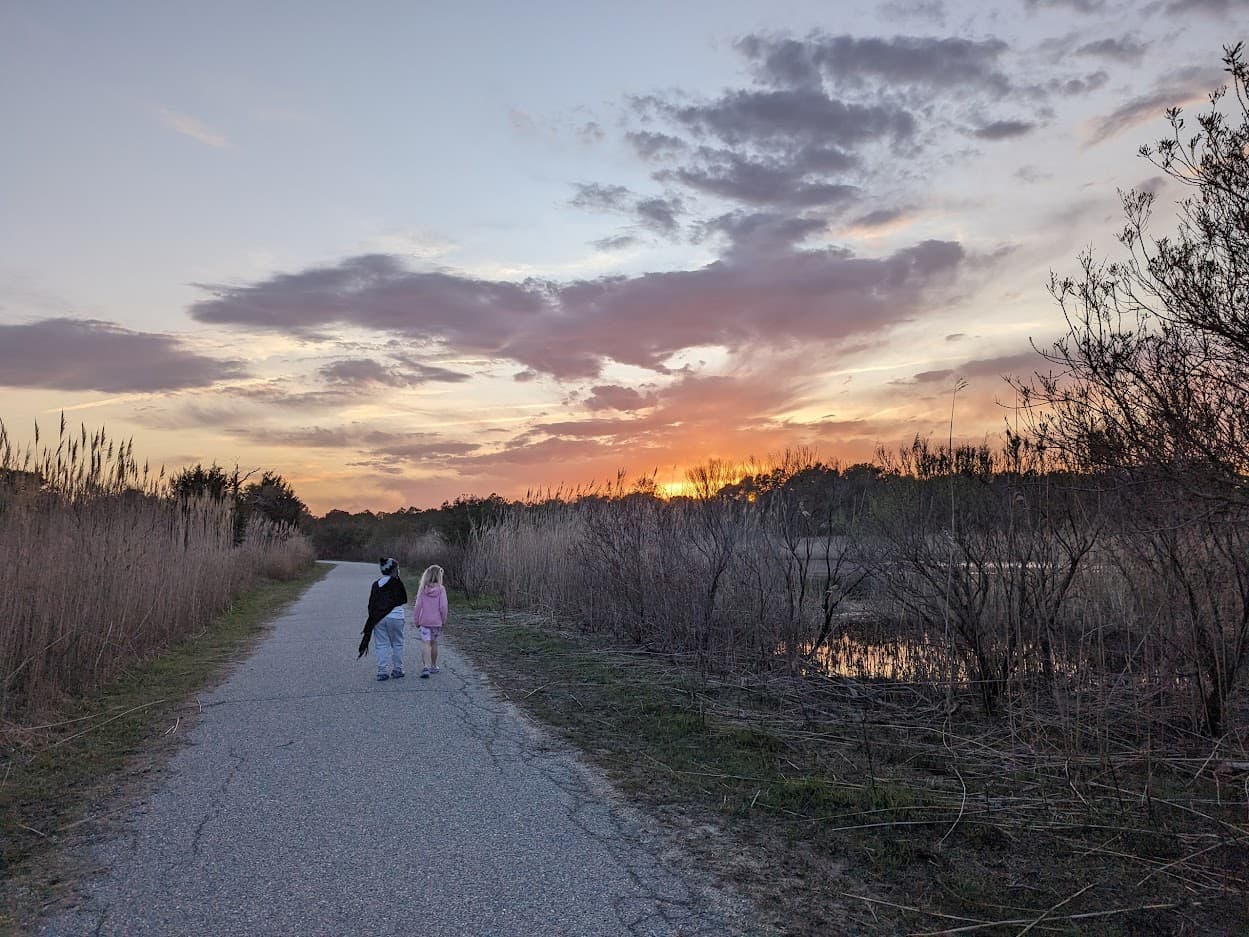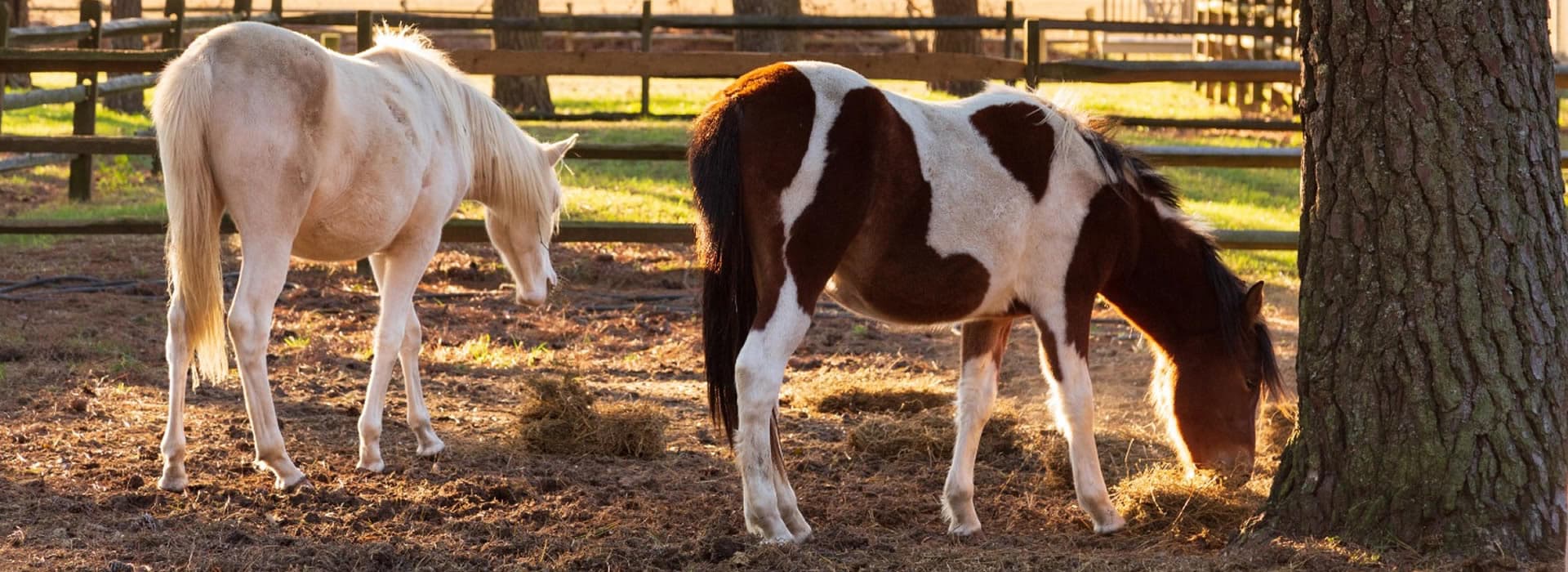
Blog
There is something extra special about Chincoteague in May - the scent of salt in the air, the sound of shorebirds returning, and the energy of the island reawakening for the season. If you’re planning a spring escape, this 3-day itinerary hi… Read more
Easter weekend is one of the most joyful and relaxing times to visit Chincoteague Island. Spring brings blooming flowers, migrating birds, and the return of island traditions that make this community so special. Whether you're looking to unwind by th… Read more
Spring is one of the most peaceful and beautiful times to visit Chincoteague Island, and the Spring Pony Roundup offers a front-row seat to one of the island’s most treasured traditions. On April 11 and 12, the Chincoteague Volunteer Fire Company and… Read more
Searching for Shamrocks: A St. Patrick’s Day Adventure on Chincoteague Island
St. Patrick’s Day is just around the corner, and there’s no better way to celebrate than with a weekend getaway to Chincoteague Island. Whether you’re searching for h… Read more
Valentine’s Day Weekend on Chincoteague Island
Love is in the air on Chincoteague Island! If you’re looking for a romantic and adventure-filled getaway, there’s no better place to spend Valentine’s Day weekend than here. From scenic boat tours… Read more
As we approach the long weekend observing Dr. Martin Luther King Jr’s birthday, all of us here at the Refuge Inn are thrilled to share all the island has to offer in the cooler months with you! During January, Chincoteague and Assateague Islands hold… Read more
3-day Chincoteague New Year's Getaway
Celebrate the transition from 2024 to 2025 with quiet solitude and quirky celebrations on Chincoteague Island. As part of our Virginia is for Lovers promotion, you can stay three nights for the price of two! In a… Read more
Half Off, on Us!
Stay 4+ nights in a King or Queen room during Spring 2025, and get 50% off the least expensive night! Valid April 10, 2025 - June 18, 2025. Excludes stays in our Suites and stays during Memorial Day Weekend (May 23 & 24, 2025.)
&… Read more
Thanksgiving weekend is a time to nurture the bonds you have with family and friends. On Chincoteague Island, we celebrate Thanksgiving weekend by returning to nature and enjoying the special views our island offers.
We are offering a wonderful speci… Read more
On Chincoteague Island, we celebrate the beauty of the wildlife and the gift to live alongside it all year, but November offers us several opportunities to do so as a community beginning with Veterans Day Weekend. We hope you will join us for the spe… Read more

